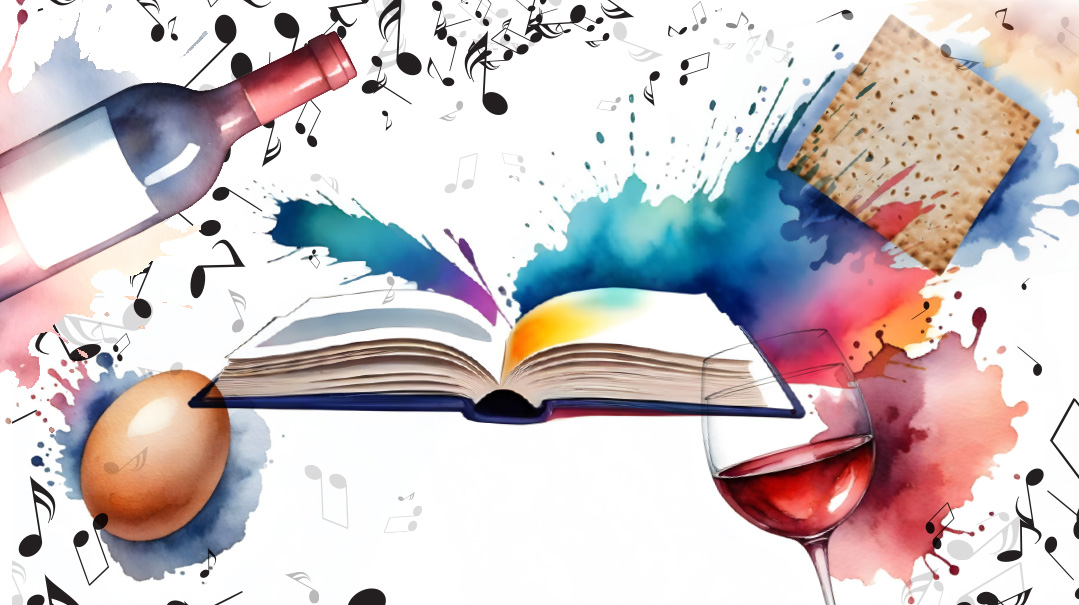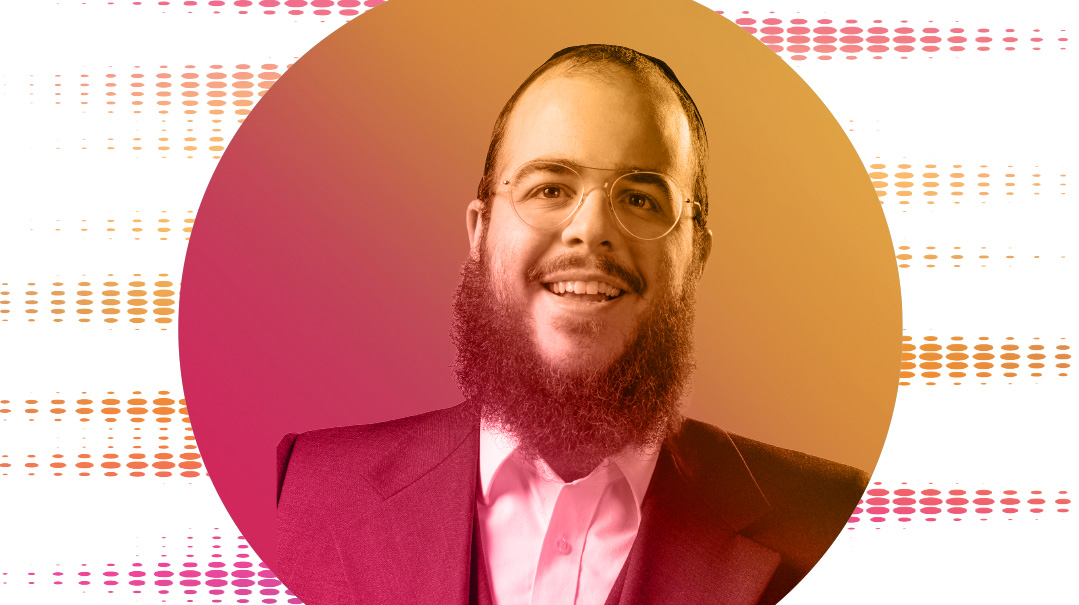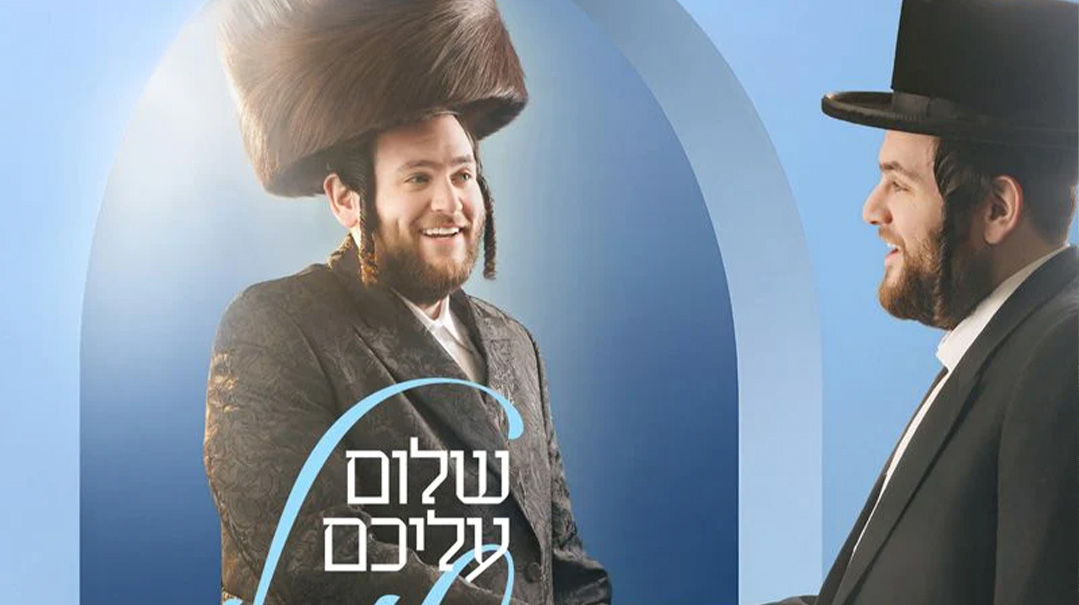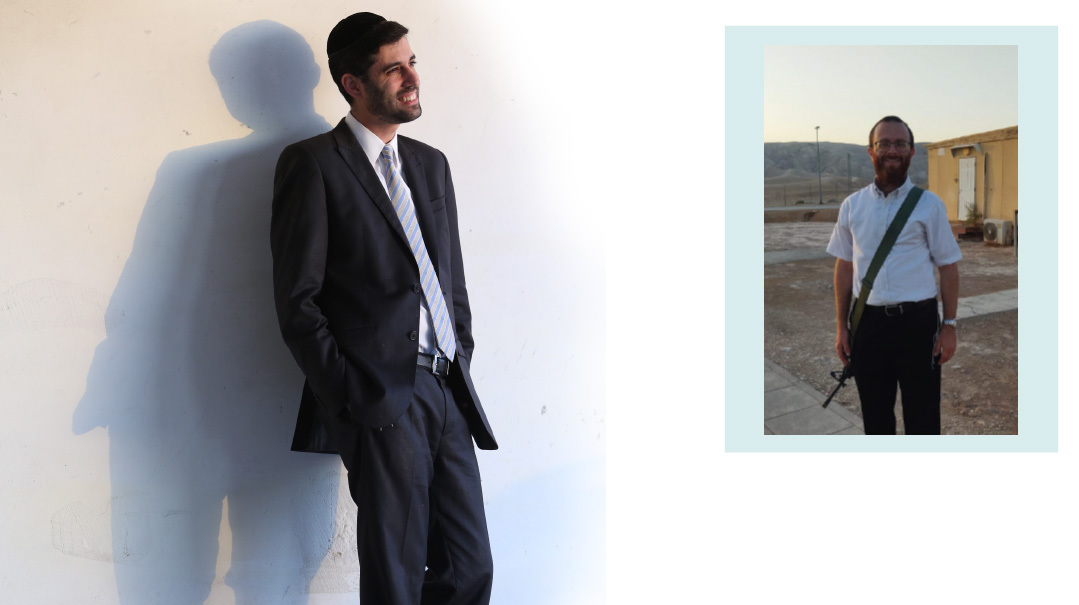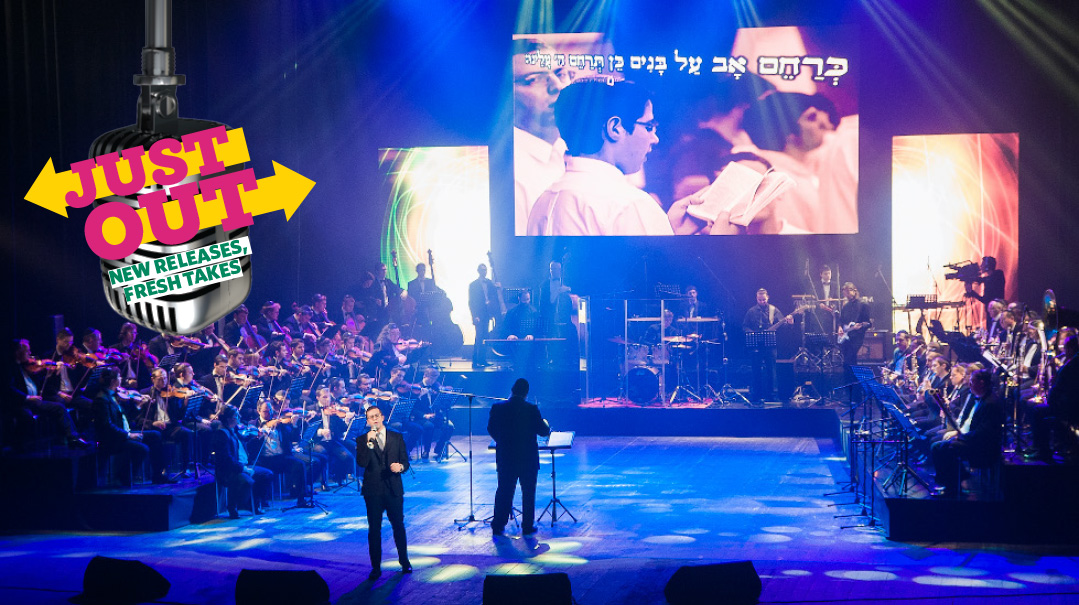What a Wedding!

I decided to do a little research into the Shavuos dancing minhagim of other yeshivos
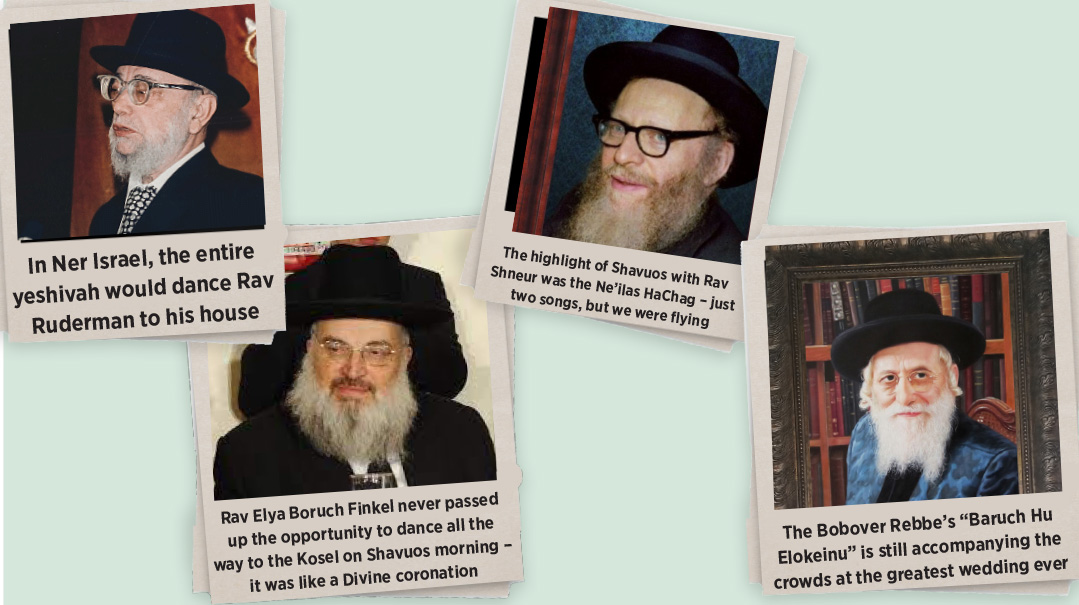
I’ll never forget the Shavuos I spent in Lakewood as a teenager back in 1974. My entire family was invited to the home of Rav Shneur Kotler ztz”l — the Goldings and the Kotlers had a close family relationship going back to the days of Rav Aharon. Obviously, it was amazing to be able to spend Yom Tov with the Rosh Yeshivah and his family. The highlight, however, was the Ne’ilas HaChag in the yeshivah, as hundreds of participants danced in the beis medrash in one large circle for over an hour, with unforgettable enthusiasm. They danced to just two songs: One was “Baruch Hu Elokeinu,” and the other was “Uva’u Chulam.” It was then that the songs became embedded in my psyche, and years later, I put both songs on the Shavuos section of MBD’s Around the Year album.
It is interesting to note that “Baruch Hu Elokeinu” was composed by the Bobover Rebbe, Rav Shlomo Halberstam ztz”l, and “Uva’u Chulam” was composed in 1923 by his father, the Kedushas Tzion of Bobov ztz”l. What’s even more fascinating is that today’s Rebbe, Rav Ben Tzion Aryeh Leibish Halberstam, was actually the child soloist for “Baruch Hu Elokeinu” on the 1968 record New Bobover Niggunim, a collection of Rebbe Shlomo’s compositions, sung by Cantor Dovid Werdyger.
When it came time to choose a Shavuos song for Avraham Fried’s Around the Year 2 album, we picked “Akdamus.” At that time, we didn’t realize that it’s actually the same tune as “Kiddush” on the MBD Around the Year album, which preceded it. If you jog your memory, you’ll also realize that it’s the same tune the gabbai uses to call up chassan Torah on Simchas Torah. We loved the tune so much that Suki used all the versions on an assortment of different albums.
I decided to do a little research into the Shavuos dancing minhagim of other yeshivos. Reb Abish Brodt told me that when he was in Ponevezh in the 1960s as a bochur, they would stop the learning every hour, and from their seats, they would sing for about two minutes. The songs he remembered were “Uva’u Chulam” and “Kad Yasvin,” which was composed by the saintly Chazon Ish to words that come from the Zohar Hakadosh. The song says, “Look at My beloved children, as they forget their own pain and difficulties and instead engage in My joy that is Torah.”
In Chevron, it was similar. At 2 a.m., they would sing from their seats. When it was time to daven in the morning, they would all get up and dance to “Uva’u Chulam,” and many of them would sing their way to the Kosel to daven Shacharis. (Today, because of the mixed crowds, the custom, as is with many yeshivos, is to go to the Kosel on Motzaei Yom Tov instead.)
Yeshivas Kol Torah, under the leadership of Rav Shlomo Zalman Auerbach ztz”l, had the custom of dancing for about 20 minutes before davening, and the dancing would lead them to the outside courtyard. On Motzaei Shavuos, the boys would all walk to the Kosel and dance there, and then daven Maariv.
My nephew Eli Golding told me that when he was learning in the Mir Yerushalayim, a large group of the yeshivah boys walked to the Kosel for Shacharis with Rav Elya Boruch Finkel ztz”l, singing the entire way. As they approached the gates of the Old City, they broke out into “Se’u She’arim.” He remembers it feeling like a Divine coronation.
Moving back across the ocean, Ner Israel in Baltimore had a different minhag. Each Shavuos night after Maariv, they would sing and dance, and following the dancing, almost the entire yeshivah would walk and sing the Rosh Yeshivah all the way to his home. This began with Rav Ruderman ztz”l and continues until today.
You might want to consider why, of all the Yamim Tovim, is there so much dancing specifically on Shavuos? Well, it’s the Big Wedding between Klal Yisrael, the bride, and Hashem, the groom. And what kind of a wedding doesn’t have singing and dancing?
(Originally featured in Mishpacha, Issue 912)
Oops! We could not locate your form.

